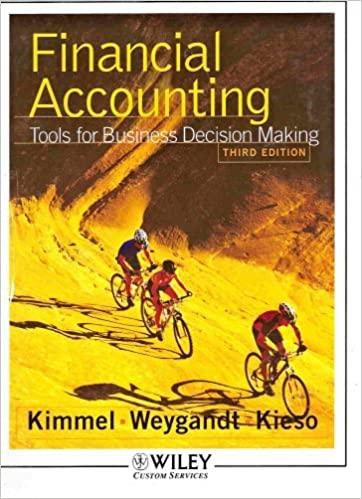Koontz Company manufactures a number of products. The standards relating to one of these products are shown below, along with actual cost data for May Standard Cost per Actual cost per Unit $ 8.36 5 3.38 17.10 12.50 Direct materials Standard: 1.90 feet at $4.40. per foot Actual 1.05 feet at 54.80 per foot Direct labori Standard 95 hours at $18.00 per hour Actual 1.00 hours at $17.50 per hour Variable overhead Standard 0.95 hours at 36.00 per hour Actual 1.00 hours at .te per hour Total cost per unit Excess of actual cost over standard cost per unit 5:20 $33.30 5.60 31.00 50.82 The production superintendent was pleased when he saw this report and commented. This 0 82 excess cost is well within the 4 percent limit management has set for acceptable variances. It's obvious that there's not much to worry about with this product Actual production for the month was 18.500 units Vanable overhead cost is assigned to products on the basis of direct labor hours: There were no beginning or ending inventories of materials Required: Compute the following vanances for May Materiais price and quantity variances b. Labor rate and efficiency variances Variable overhead rate and efficiency variances 2. How much of the 50 82 excess unit costis traceable to each of the variances computed in ) above 3 How much of the 50 82 excess unit cout is traceable to apparent inefficient use of labor time! Required 1 Required 2 Required 3 1a. Compute the following variances for May, materials price and quantity variances, 1b. Compute the following variances for May, labor rate and efficiency variances. 1c. Compute the following variances for May, variable overhead rate and efficiency variances. (Indicate the effect of each variance by selecting "F" for favorable, "U" for unfavorable, and "None" for no effect (.e. zero variance). Input all amounts as positive values.) Show less 1a Materials price variance Materials quantity variance 1b Laborrate variance Labor efficiency variance 10. Variable overhead rate variance Variable overhead efficiency variance RQ1 Required 2 > Complete this question by entering your answers in the tabs below. Required 1 Required Required 3 How much of the $0.82 excess unit cost is traceable to each of the variances computed in (1) above (Indicate the effect of each variance by selecting "F" for favorable, "U" for unfavorable, and "None for no effect (.e. zero variance). Input all amounts as positive values. Round your answers to 2 decimal places.) Materials Price variance Quantity variance Labor Rate variance Eficiency variance Variable overhead Rate variance Efficiency variance Excess of actual over standard cost per unit Complete this question by entering your answers in the tabs below. Required 1 Required 2 Required 3 How much of the $0.82 excess unit cost is traceable to apparent inefficient use of labor time? (Indicate the effect of each variance by selecting "F" for favorable, "U" for unfavorable, and "None" for no effect (ie, zero variance). Input all amounts as positive values. Do not round intermediate calculations. Round your final answers to 2 decimal places.) Excess of actual over standard cost par unit Lesa portion attributable to labor inefficiency Labor elficiency variance Variable overhead efficiency variance Portion due to other variance










